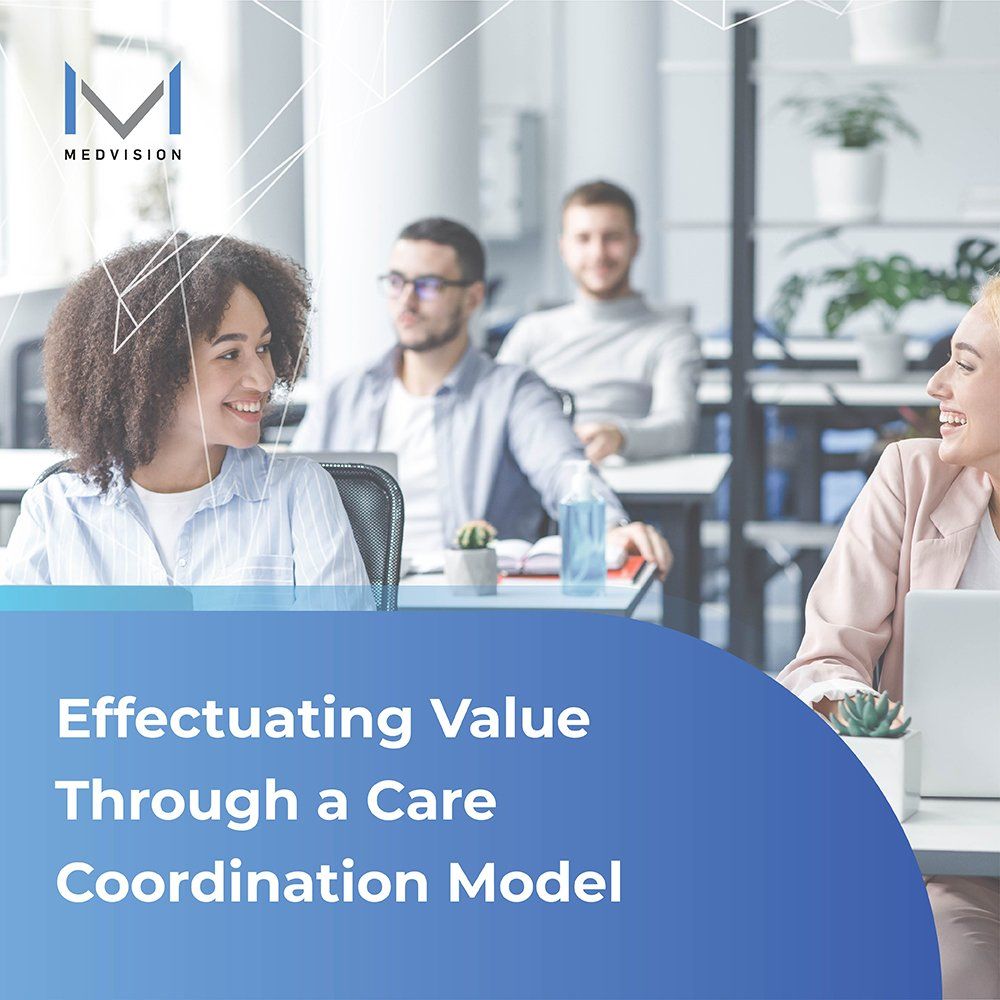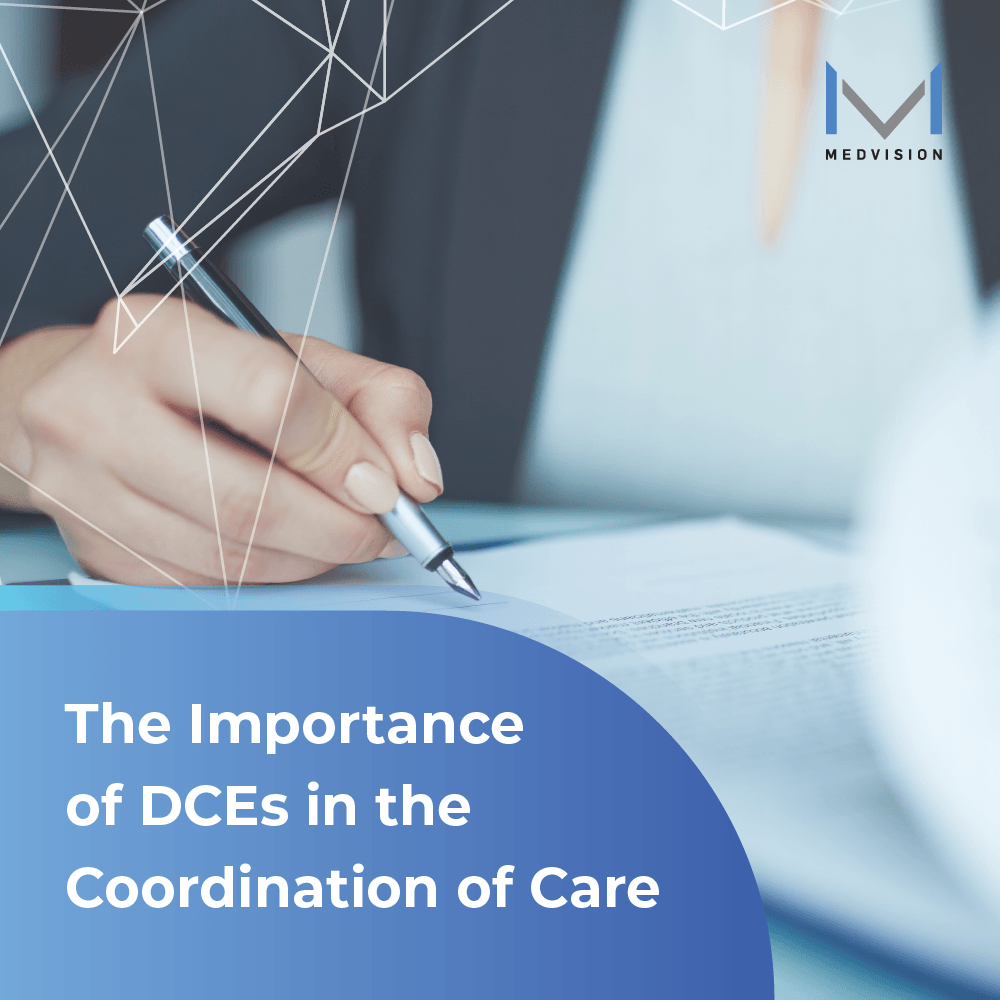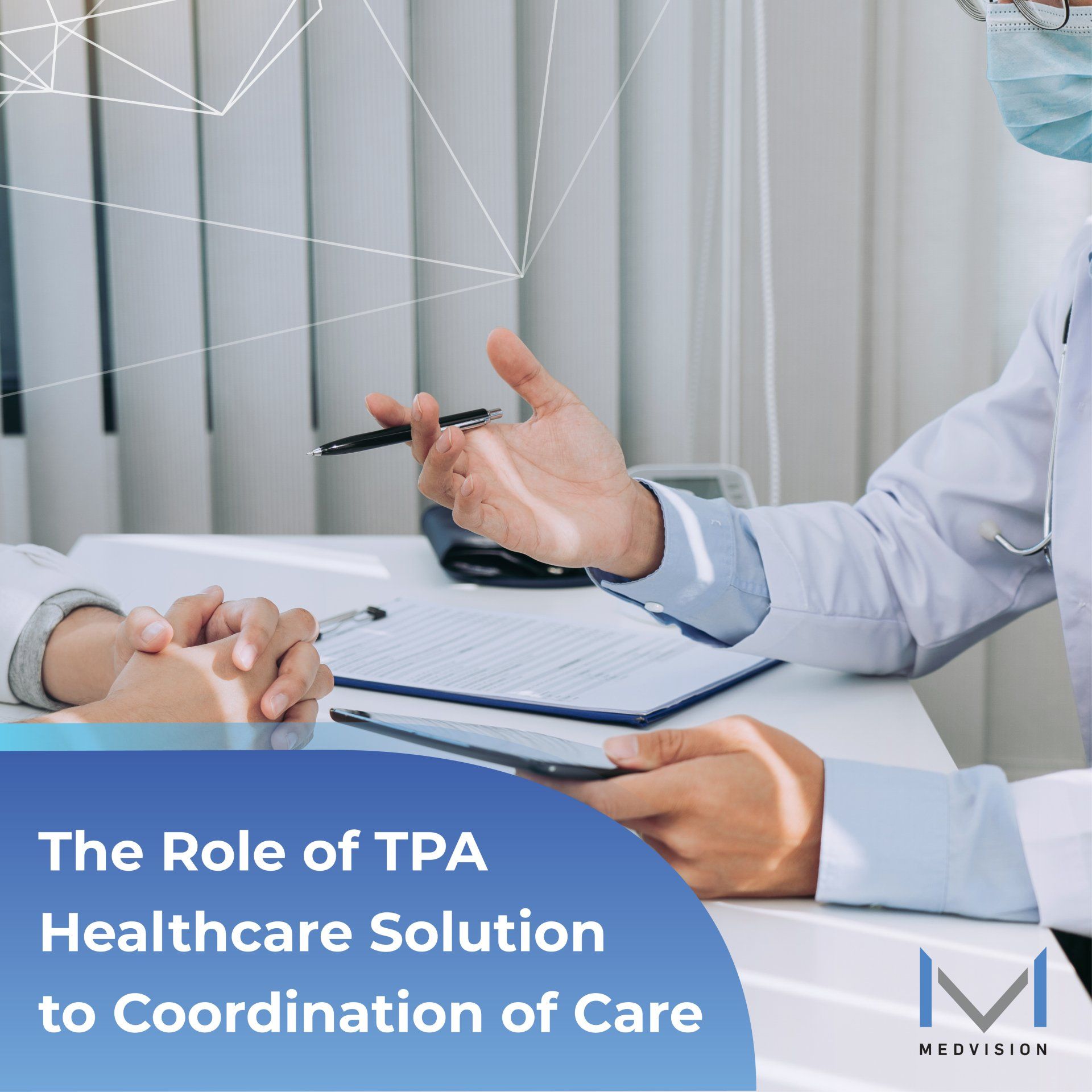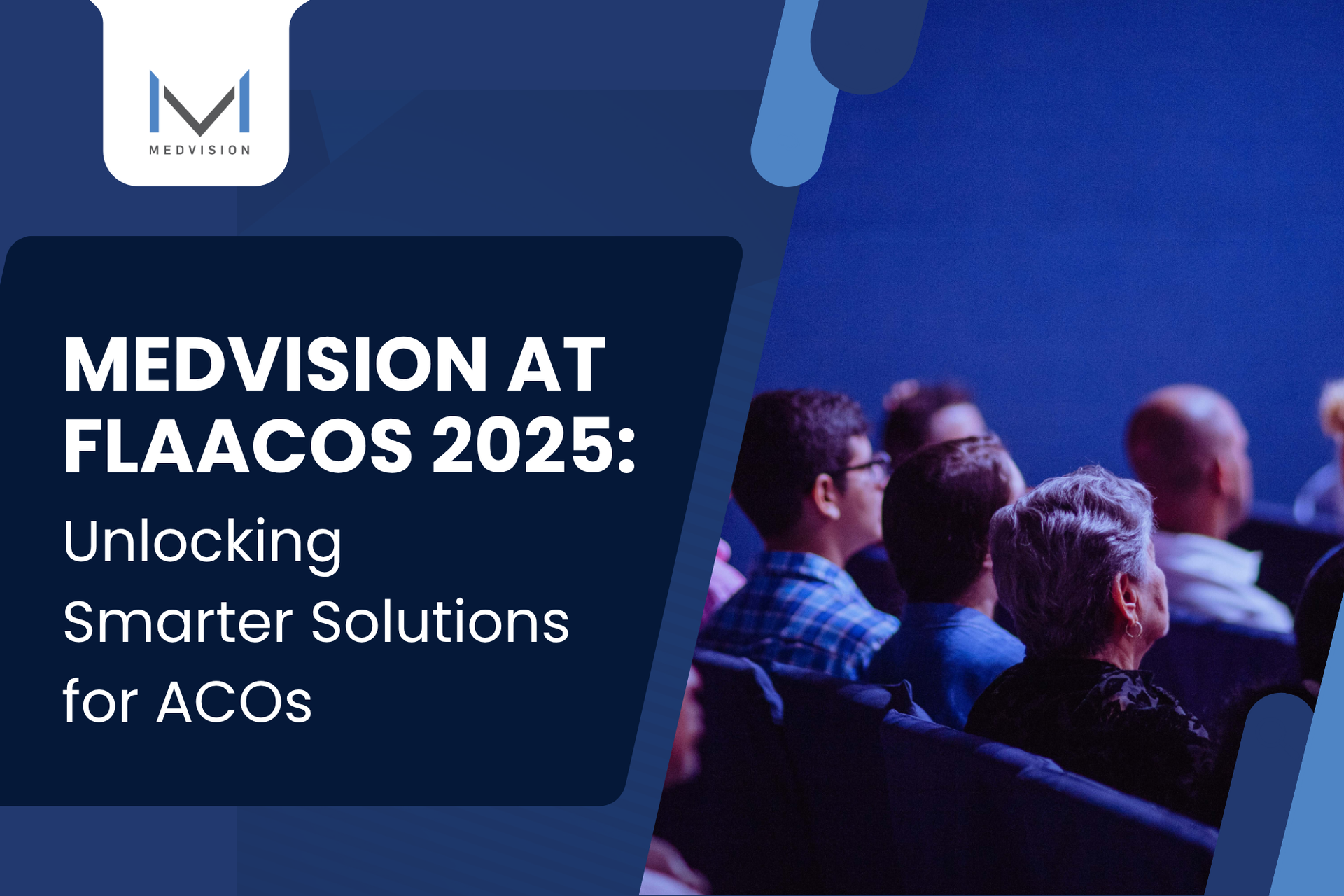Accountable Care Organizations (ACOs) are garnering a lot of attention lately in the U.S. healthcare sector. And for a good reason, more and more physicians and hospitals are joining forces to redesign the industry in a more effective and efficient fashion. This coordination of efforts is setting up a new business model for which building adaptation and patient satisfaction become top priorities.
In principle, ACOs exist to provide a collaborative path towards value-based healthcare. Building high-quality care and reduce operational costs is their goal, while securing positive patient outcomes. However, there is more at risk than just meeting operational scores that makes ACO programs unique.
A Full-Risk ACO Model Makes Financial Sense
Since the introduction of the
Affordable Care Act (ACA), the amount of risk ACO models should face has been adjusted to increase accountability for their own financial and quality outcomes.
Quality performance metrics dictate how much savings these organizations can accrue under an upside risk contract. This contract enables ACOs to receive financial incentives for operating within the desired performance benchmark.
For example, ACOs under the Medicare Shared Savings Program (MSSP) - the largest alternative payment model within Medicare - achieved a quality performance score of 90 percent while securing savings that roughly amounted to $954 million from 2013 through 2015, according to estimates.
More recently, the Center for Medicare & Medicaid Services (CMS) reported that ACOs under MSSP in 2020 realized shared savings that amounted to $2.3 billion, which allowed Medicare to save approximately $1.9 billion. Such results are making a difference in healthcare spending. CMS encourages participating ACOs to assume a downside (full-risk) path where performance either results in greater savings or penalties for the latter.
Shifting towards a downside path could be challenging. The increasing pressure from Medicare to accelerate the transition is keeping ACOs with upside risk on the fence. Though a modest increase of
downside risk contracts of 28 percent in 2012 to 33 percent in 2018 is giving us the confidence to assume ACOs are capable of meeting the Triple Aim in healthcare:
- Improving patient care
- Improving population health
- Reduce healthcare costs
1. Meeting the Triple Aim through Coordinated Care
As ACOs become less risk-averse, the next big challenge is to implement care coordinating strategies that lead to performance improvements.
In a 2016 study,
Deloitte found that patients now favor enhanced personalization, cost transparency, improved access, and increased digital experiences in modern healthcare. These expectations derive from a new generation of people (millennials) who are increasingly invested in their health, seeking convenience over traditional, provider-patient interactions.
These modern demands encourage ACOs to remain proactive in the different ways they could create value for their patients. From relying on tech-supported communications to prioritizing in-home follow-ups, efficiency is key to success.
With that in mind, here are few care coordination strategies to succeed in a full-risk healthcare ecosystem.
2. Forging Ahead with In-Person and Tech-Supported Communications
First, it’s vital to acknowledge that maintaining a functional emergency department (ED) can be expensive. A successful care coordination model ensures patients receive the right medical service after an ED visit with an effective communication focus.
In-person meetings with hospital leadership and their administrative team make it easier for information sharing, which also brings everyone onboard.
In addition, using the right technology - electronic messaging - to share new or updated information and/or communicate with ED clinicians, primary care physicians (PCP), or post-acute care providers helps ACOs stay on top of patient needs.
Other successful Medicare ACOs use embedded care managers to enhance communications and drive effective collaborations between members, which also bridges patient information gaps.
3. Creating a Valuable Network for Skilled Nursing Facilities
The patient journey does not end at a discharge. There is still a growing need to remain efficient while pursuing high-quality care. Once the patient follows post-acute care, it is imperative to create a valuable network of high-quality skilled nursing facilities with a low-cost focus.
Thanks to Medicare quality ratings, current claims, and data stored at skilled nursing facilities, ACOs can consistently identify which of those facilities deliver the most efficient, high-quality level of care. Information about successful facilities is directly shared with patients to keep them on the loop of preferred locations and enhance decision-making.
Such attention to facility performance allows for peer-to-peer learning and promotes effective collaboration through meaningful interactions. Furthermore, a valuable network of skilled nursing facilities helps leadership identify care coordination strategies for post-acute activities and effective treatment plans.
4. Reducing Hospital Readmissions with Well-Executed In-Home Follow-Ups
Keeping patients at home can also help ACOs bring down costs and secure positive patient outcomes. The safest way to succeed when it comes to in-home care is by sending providers to patient homes.
In fact, in-home follow-ups help organizations stay away from avoidable hospital readmissions and unnecessary ED visits. The most successful Medicare ACOs ensure nurses and care coordinators arrange periodic visits to their patients’ home to answer patient-related questions, enhance the medical experience, and provide the resources they need to receive the desired level of care.
Effective medication management is also pivotal to the success of in-home follow-ups. Medical staff make regular visits to their patients’ homes to reconcile medications, provide instructions and critical information about the given medications, and ensure patients take their prescribed medication.
5. Making Patients with Chronic Diseases Your Priority
Neglecting patients with chronic conditions results not only in costly consequences but also reduces your chances of providing positive patient outcomes. The most effective way to anticipate further losses is to arrange home visits or coaching sessions.
ACO models such as MSSP or Next Generation ACOs (NGACOs) assign exclusive management priority to patients with chronic diseases such as chronic obstructive pulmonary disease (COPD) and diabetes, just to quote a few. Whereas End-Stage Renal Disease care programs are more focused on patients with additional health-related conditions.
Upon identification, ACOs keep patients informed about their condition, outline a care access plan, and bridge any informational gaps about the medication required for the patient. Some even expand into medication usage and adherence to ensure consistency.
The most important aspect of this strategy lies upon team coordination. A viable approach is to delegate coaching, self-care support, and additional guidance to care specialists who put patients at the center of care.
6. Factoring Socio-Economic Impacts into Healthcare
Statistics show that socio-economic disparities have a detrimental effect on an individual’s and population’s health. Hence, decision-makers must determine which social aspects could have a negative effect on health and start coordinating care around it.
A successful ACO with a powerful care coordination model anticipates those social
challenges and pursues deeper evaluations to determine which social factors have a negative impact on health and report them to clinicians. Such information could be used to create more appropriate treatment plans and establish a link between patients and their community resources for support.
The most effective way to ensure ACOs address social impacts tactfully is through the use of technology and strategic partnership. The former simplifies referrals during the delivery of care, which makes it easier for patients to find the right community partner. Whereas the latter ensures care coordination embraces new partners in the form of community support that best suit their patient needs.
Adopting all these care coordination strategies raises the bar on ACO performance in an industry where full-risk is gradually becoming the norm.
Using QuickCap 7 to Stay at the Forefront of Efficient Care Coordination
Coordinating multiple activities efficiently can be time-consuming and painful. The easiest way to succeed in care coordination is through
QuickCap. Our latest web-based software solution weapons your team with the tools you need to:
- Simplify your healthcare workflow processes
- Share clinical data to keep everyone informed
- Improve your financial outcomes
If you wish to make a difference in healthcare,
contact us to discuss how QuickCap can help you achieve your business goals.














